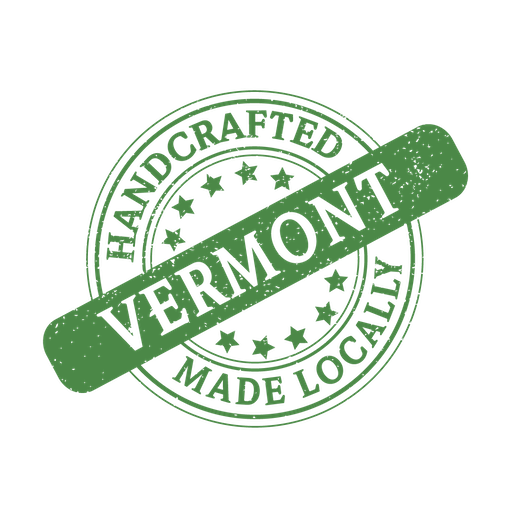In the days before Vermont provided public high schools, some of our communities set up “Academies” or “Seminaries” that educated students beyond the elementary grades. Often established by religious or charitable or philanthropic groups, the early 1800s witnessed academies in Newbury, St. Johnsbury, Manchester, Fairfax, St. Albans. Thetford, McIndoes Falls, Corinth, Bradford, and elsewhere. They were governed by private boards of trustees, and students’ parents paid tuition to attend (for instance, $3 per term for a standard course; $3.50 with Greek and Latin). For decades these academies served as the sole source of high school education in many parts of Vermont. (In those days, few Vermonters went to high school, and even fewer completed it. Our graduation rate hovered at 5% at the end of the 19th century.)
Most of the academies merged with the local public school system when the state required towns to provide high school education. Larger towns established their own public high schools; forward-looking smaller towns combined to build union high schools; and a few very small towns paid tuition for their students to attend a nearby high school.
Four of the academies resisted the democratic trend and held on to their private status: Burr & Burton, St Johnsbury, Thetford, and Lyndon. Today these four private academies educate about 2% of our students. Burr & Burton and St. Johnsbury Academy are the two largest; Lyndon Institute and Thetford Academy the smaller. They are each governed by a self-perpetuating, unelected board of trustees; they own their land and buildings; their budgets and meetings are not open to the public. They are private schools.
| Vermont Students | Tuition | Total | |
| Burr & Burton Academy | 687 | $23,346 | $16,038,702 |
| St. Johnsbury Academy | 639 | $23,425 | $14,968,575 |
| Lyndon Institute | 374 | $24,100 | $9,013,400 |
| Thetford Academy | 312 | $25,060 | $7,818,720 |
| 2012 | $23,777 | $47,839,397 |
Yet Vermont relies on these academies to educate some of its students. Their communities depend on them for secondary education. At the same time, the academies depend on Vermont taxpayers to cover their costs. It’s a co-dependent relationship: without the academies, 2000 of our students would have no place to go; without public money, the academies would cease operations.
Today the four academies are among the most expensive schools in the state. The academies receive over $50 million a year of Vermont taxpayers’ money in tuition and special education funds, forming 75% of their income. They charge tuition of $22,000 to $25,000 per student, far above the state average. Yet they are accountable neither to the local community nor to the state.
And because we allow some of our towns to pay tuition to the academies, we must also allow them to pay tuition to any private school, anywhere in the world. This costs our taxpayers an additional $25 million per year, including over $1 million paid to religious schools.*
Any education reform and funding plan needs to recognize Vermont’s co-dependent relationship with these academies, find a rational way to incorporate them into the public school system, and ensure that taxpayer money goes only to public schools.
- These payments of taxpayer money to religious schools seem to conflict with Article 3 of the Vermont Constitution, which states that no person ought to, or of right can be compelled to… erect or support any place of worship, or maintain any minister, contrary to the dictates of conscience,

Leave a Reply